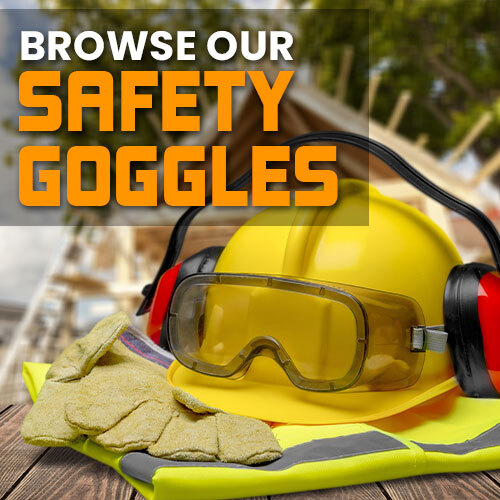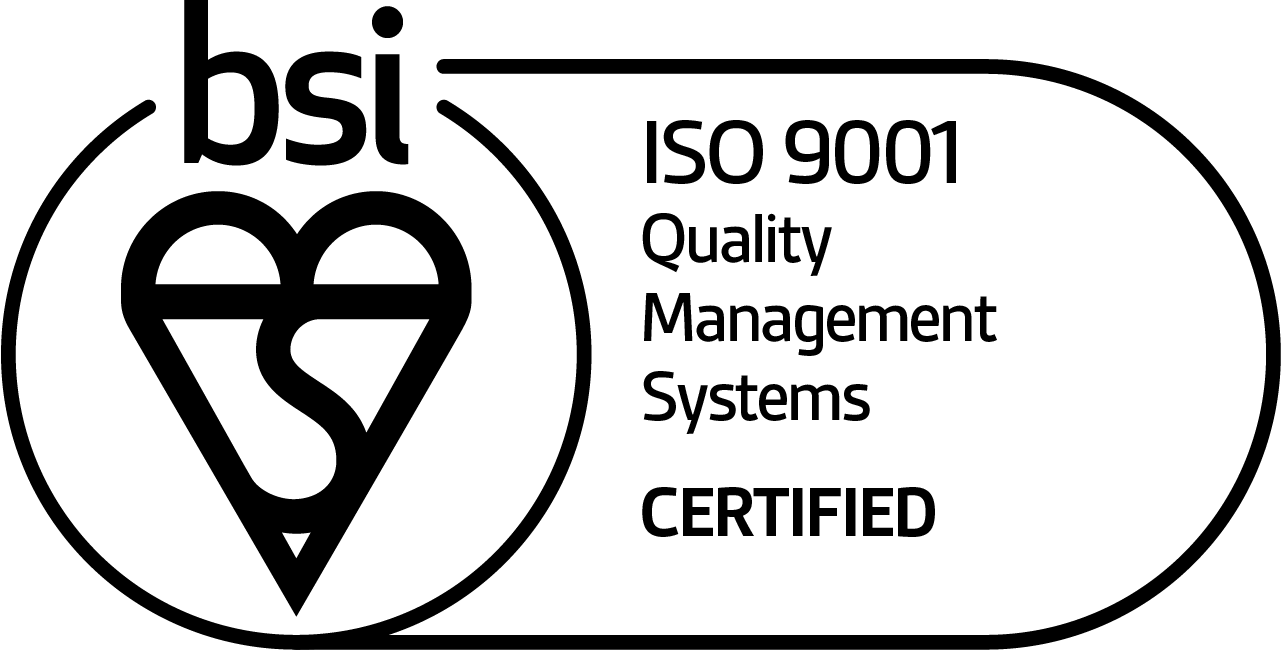| EN 166 Explained14 June 2018 Providing the correct safety goggles for your eyes is crucial, which is why any product that offers eye protection must adhere to a number of different EN standards. The tough procedures that safety glasses undergo before making it to the shop floor are done in your interest, however the different numbers, codes and letters relating to the score of the glasses can easily be misunderstood. As EN 166 is the most basic, minimum standard present on all eyewear protection, we've created this short guide to help you understand what you're looking at.
EN 166 applies to any safety goggles that aren't already covered by their own specialist standard, such as those for laser eye protection or for those that protect against the sun. How the glasses performed relating to EN 166 can be found on the frame of the glasses, and it appears as a small series of letters and numbers. Usually, you will see the code relating to the brand of the glasses, followed by 'EN 166', followed by a number of numbers or letters which relate to either the strength of the frame and the optical class of the glasses. Additionally there may also be code relating to the glasses style and protection, electrical risks, thermal risks or lens treatments, however this isn't always the case. Optical Class and Mechanical StrengthThe two most important categories relate to optical class and to mechanical strength. A number will be followed by a letter that should correspond to these two categories. The first number explains how often the glasses should be used and the second letter details the level at which the glasses can withstand impact. You can filter for each one of these EN 166 ratings on the left-hand side of our EN 166 Safety Goggles page. Optical ClassThere are three different types of optical class, each level detailing how often the glasses should be used. The three levels are
Strength RatingThe strength rating describes at which point the glasses will break upon impact and an additional rating regarding how the glasses relate to temperature.
Style and ProtectionThe optical class and strength rating categories could be followed by a series of either letters or numbers, however this is optional and they will only appear if relevant. The first three numbers cover chemical risk, followed by electrical risk, thermal risk and lens treatments. You can filter for each one of these EN 166 ratings on the left-hand side of our EN 166 Safety Goggles page. Chemical Risks
Electrical Risks
Thermal Risks
Lens Treatments
These four categories are not mandatory, and will only appear if relevant to the goggles. Any other number or code which follows or precedes these will relate to a different standard. Choose the Right Goggles for the JobWe hope we've helped you understand EN 166 a little bit further. Remember that all the information on EN 166 should be located on the frame of the glasses, and if it isn't there, we would recommend staying away and buying some accredited goggles instead. Here at SafetyGoggles.co.uk, we only sell the most trusted brands in our wide selection of safety goggles and safety glasses, and every single one will be covered by EN 166. If you have a question, or have something to add, either leave a comment below or contact us on 020 7501 0594, where one of our experts will be delighted to help. |






